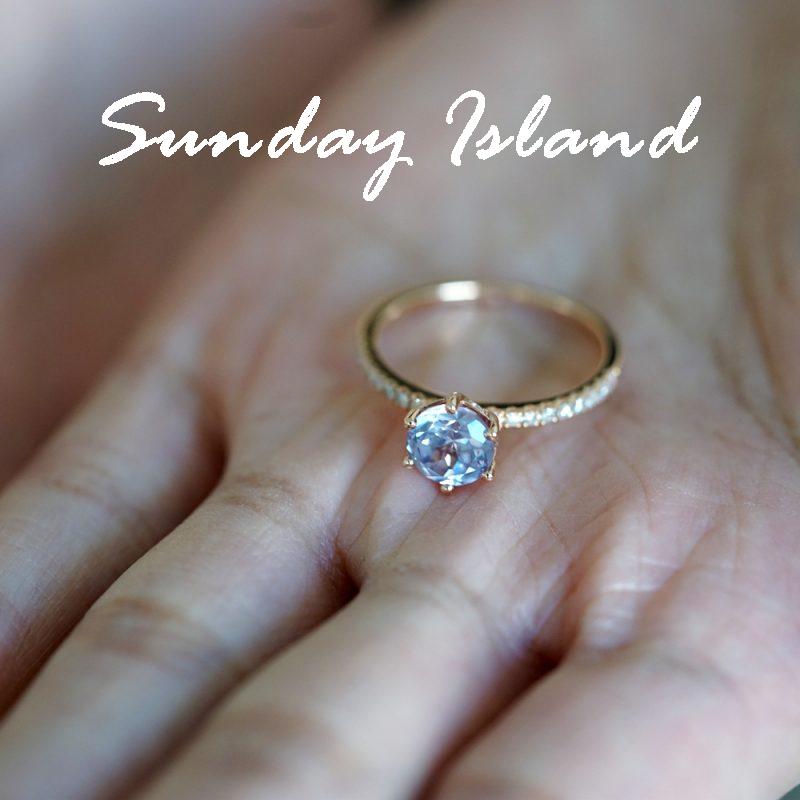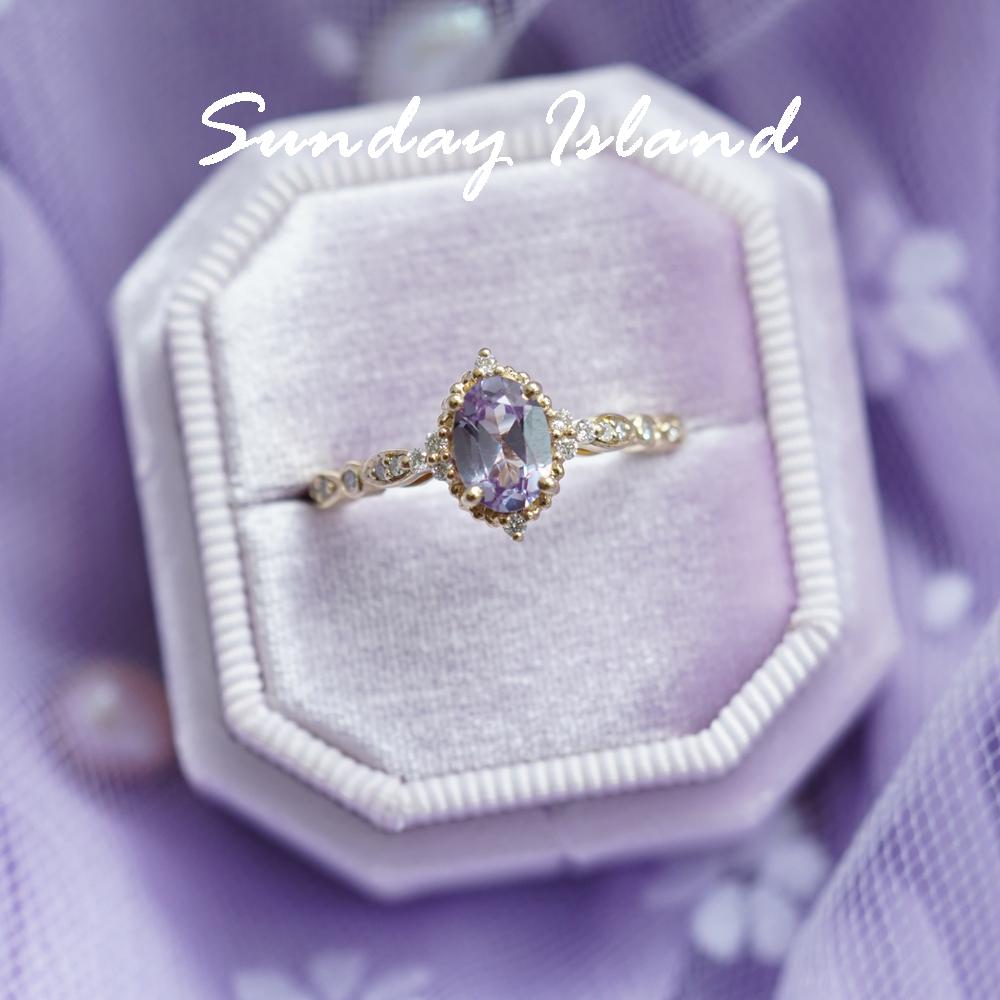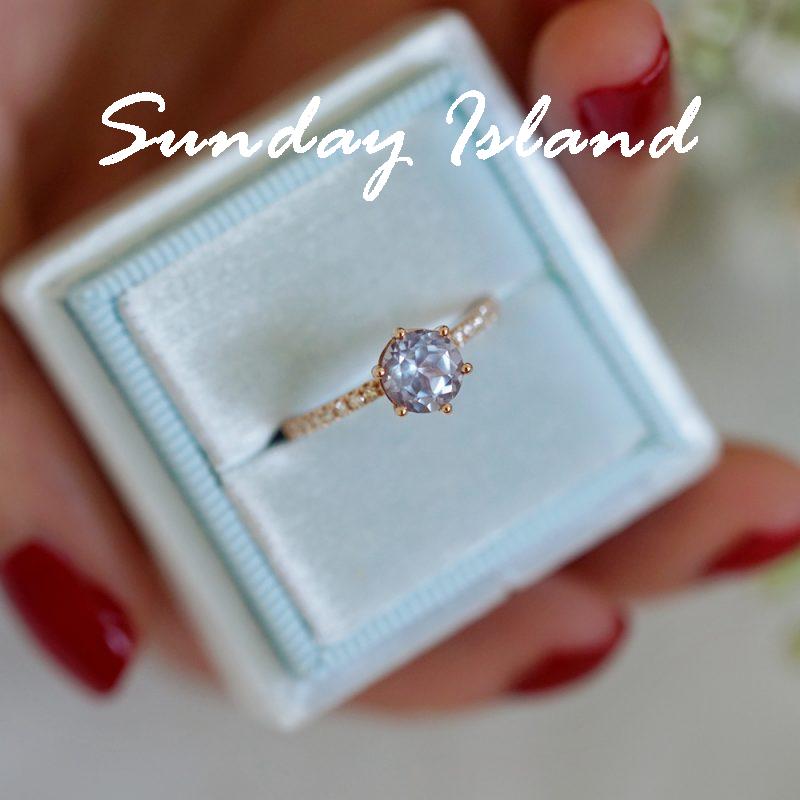Articles
Natural Alexandrite vs. Synthetic/Lab Grown Alexandrite: A World of Possibilities
What is Alexandrite?
Are you seeking a unique precious gemstone that is truly distinctive with vibrant color? Consider alexandrite. Alexandrite is one of the most intriguing precious gemstones and features a phenomenon called color change. Color change refers to the behavior alexandrite exhibits when it is exposed to incandescent light. The color change occurs when the transmission of light hits the stone in different light settings. This effect is caused by the alexandrite’s crystal structure and traces of chromium from light absorption.
This article blog post will provide an introduction to alexandrite and all of its interesting facts related to this valuable stone. The information provided will briefly compare the natural vs. synthetic version of alexandrite.
Both natural and synthetic alexandrite provides a wonderful world of vibrancy and intrigue. Alexandrite is the ultimate treasure for the gem enthusiast and for those who appreciate the natural beauty of gems. 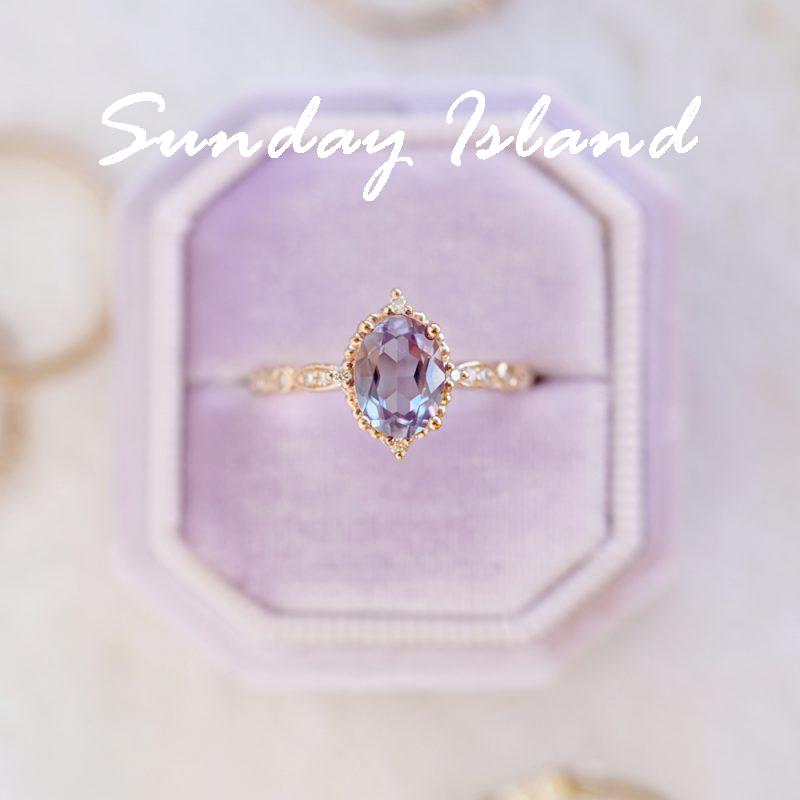
PRICE OF NATURAL VS. SYNTHETIC ALEXANDRITE:
NATURAL ALEXANDRITE: Natural alexandrite larger in size, free of inclusions, and saturated in color can become quite costly. Rare, fine quality alexandrite will command higher prices. Stones with a distinct color change, free of inclusions, and larger caratage sizes can retail for several thousand dollars.
SYNTHETIC ALEXANDRITE: Any simulated or synthetic version of the natural stone will not hold the same value as the natural. Synthetic alexandrite provides a fantastic alternative to natural alexandrite in terms of desired price points.
AVAILABILITY
NATURAL ALEXANDRITE : Although available on the market for purchase, natural alexandrite is a rarer, less common stone to find. There is always an abundance of quartz, beryl, and corundum to select from when shopping for fine jewelry. However, many retailers present a lesser quantity of alexandrite.
SYNTHETIC ALEXANDRITE: Synthetic alexandrite is frequently placed into imaginative fine jewelry creations as the center stone, just like natural alexandrite. Synthetic alexandrite is much easier to find in the caratage of your choice, size, and cut.
APPEARANCE OF NATURAL VS. LAB ALEXANDRITE
NATURAL ALEXANDRITE: Natural Alexandrite displays color change that may range from the lightest of light purple to grassy dark green, reddish hues, and deep blues depending on the stone. Some stones can showcase a deeply saturated, striking color change, while other stones may have a softer, less noticeable color change with less saturated color. Alexandrite may or may not contain inclusions depending on the stone and where it is sourced.
SYNTHETIC ALEXANDRITE:Synthetic alexandrite features the same color change phenomenon as natural alexandrite. Synthetic alexandrite offers a fantastic alternative to the natural version because it can also range different color change hues, just as the natural version. Depending on the stone, synthetic alexandrite can appear remarkably similar to the untrained eye. 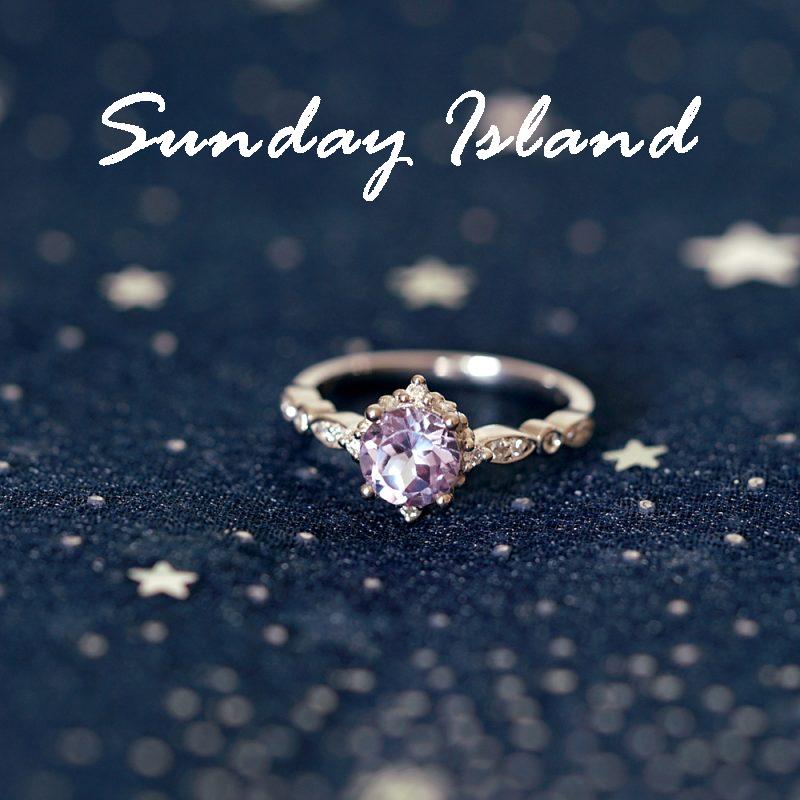
DURABILITY OF NATURAL VS LAB ALEXANDRITE:
Alexandrite is a durable stone and is perfect for the person who wants to wear it frequently. Care must be taken no to knock, drop, or scratch the stone. Below are some durability factors to consider when comparing the two different selections.
DURABILITY OF NATURAL ALEXANDRITE: Alexandrite rates 8.50 on the Mohs hardness scale, making it a terrific colored stone for frequent wear. Alexandrite is softer than corundum (sapphire and ruby, for example) which rates a 9. Quartz rates a 7 (such as amethyst and citrine), with the diamond as a 10 (the hardest). Alexandrite can be scratched by harder stones which may make it vulnerable if it is worn next to other jewelry.
DURABILITY OF SYNTHETIC/LAB CREATED ALEXANDRITE: Synthetic alexandrite was introduced into the market in the 1980s and is made to have the same properties as the natural counterpart. This means it has the same durability factors as the natural version.
CHEMICAL COMPOSITION AND ORIGIN
Natural Alexandrite: A Variety of the Mineral Chrysoberyl: Alexandrite is the rarest variety of the mineral, chrysoberyl (color change chrysoberyl), which is found in metamorphic rocks that contain different beryllium (hence the name chrysoberyl). Chrysoberyl displays pleochroism, an optical phenomena of color change and has the chemical formula of BeAl204.
Please note: Chrysoberyl is not a relative to beryl, another mineral that includes the precious emerald, aquamarine, and golden beryl varieties. Chrysoberyl DOES have a light greenish-yellow variety that is ideal for fine jewelry and faceted cuts, just like golden beryl.
Synthetic Alexandrite: Synthetic alexandrite is the lab-grown variation of natural alexandrite using beryllium aluminum oxide. Synthetic alexandrite is made to replicate natural chrysoberyl. Synthetic alexandrite will have the same SG (specific gravity) and refractive index as natural alexandrite. Synthetic alexandrite contains the same optical and physical properties as natural alexandrite.
SOURCING
NATURAL ALEXANDRITE: Chrysoberyl is found throughout the world, including countries such as Brazil, Myanmar, Russia, Zimbabwe and the United States. Alexandrite is mainly sourced from Sri Lanka, Brazil, Tanzania, in addition to other parts of Africa. Russia and India are important sources for alexandrite, supplying the world with stones that have intense color changes. According to GIA (Gemological Institute of America), alexandrite was first discovered in 1830 in Russia’s Ural Mountains. These alexandrite stones were of fine quality and exhibit vivid hues.
SYNTHETIC ALEXANDRITE: Synthetic or “lab grown” alexandrite is grown in labs under controlled conditions. There are different methods to create synthetic alexandrite. Each method may produce different colored stones with different color saturation.
Methods:
1. The flux-grown process may leave behind traces of platinum from the platinum cubicles used to grow the stone. These traces may appear as wispy inclusions.
2.Synthetic alexandrite is also grown using the Czochralski method. This method includes two different ways of growing the stone, including floating zone and pulling. Pulling is the most common method that also produces synthetic corundum.
Please note: Synthetic corundum is formed and created using a method to produce the color change effect. These stones are not synthetic alexandrite but another synthetic stone simulated to produce a look-a-like color change effect. These synthetic counterparts are sold under the name “synthetic alexandrite.” 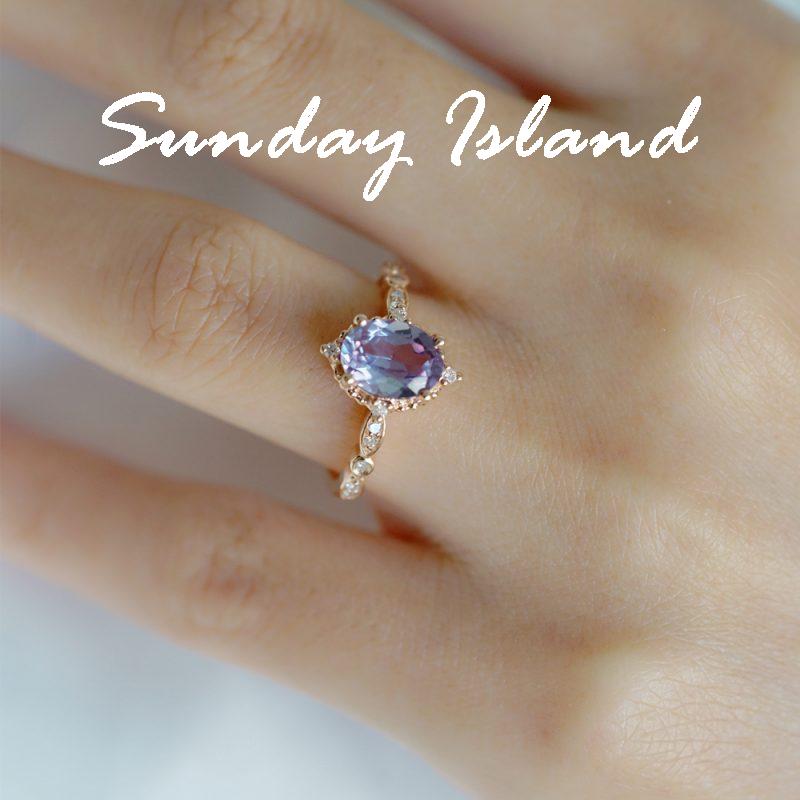
IN CONCLUSION:
Enjoy the incredible beauty that both synthetic and natural alexandrite displays. Remove your alexandrite jewelry before it comes into contact with water or chemicals. Storing your jewelry in a safe place will keep it looking pristine.
Alexandrite is the birthstone for June and is also a great alternative to June’s other option, pearl. Alexandrite makes the ultimate anniversary gift, ideal for a unique present that will stand out from the crowd with this gorgeous color.